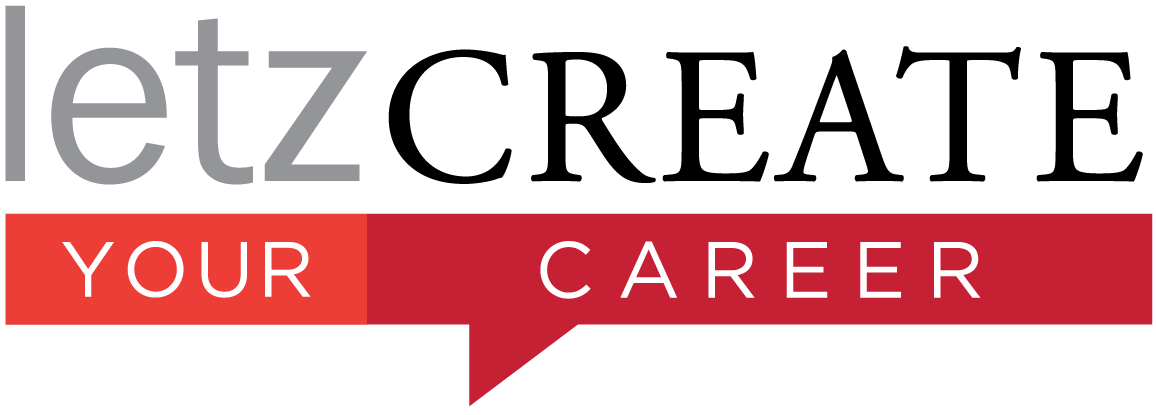The Organisation for Economic Co-operation and Development (OECD) declares that the future of work is now – and that rapid action is needed for people to see the challenges of the changing world of work.
This can sound scary, and in some ways, it is. Most change feels scary. It means doing things differently from the patterns we have become used to. It may therefore be helpful to look at the changes are beginning to experience in the way we work from a more general perspective.
Please consider this statement…
There is nothing more certain than change.
Has this been your experience in life so far? It’s certainly been mine! Just when I think I have a handle on my routine, the goal posts change. Perhaps navigating the future of work may not be as hard as you may think, if you consider how many changes you have already successfully navigated in your life so far. Change is inevitable and it’s how we choose to respond that will make all the difference.
The OECD cites globalisation, technological progress and demographic change as factors that are having a profound impact on society and labour markets. I hope you’re open to the idea that these changes and the future of work can be bright and may also offer unparalleled opportunities.
Let’s turn our attention to what you can be doing to demystify and perhaps even embrace the future of work for you and your family.
What Changes are Happening to Workplaces in Australia?
In Australia, declining fertility rates and increasing life expectancy are the primary drivers of our ageing population. Australian Jobs 2019, an Australian Government report published by the Department of Jobs and Small Business, reports that around one in five Australians is expected to be 65 years or older by 2035, up from one in every six in 2015. These and other demographic changes mean that the goods and services needed in the Australian economy will also change and a more diverse labour force will be required to deliver them.
Australian Jobs 2019 reports that on average across 21 OECD countries, around 9% of jobs may face a high risk of automation. The insights in this recent study also indicate that while specific tasks within each occupation may be susceptible to automation, not everything will be automated and so the task (and therefore the skill) requirements of jobs may also be where some of the changes take place. One of the conclusions drawn in the report is that it’s important to realise:
- not all such jobs will be automated, because it may be costly or difficult to do so
- workers can adapt by upgrading their skills
- new opportunities will arise from the use of technology.
Here’s how I suggest you can embrace these changes…
1. Focus on identifying and up-skilling in the emerging skills required
The labour market of the future is one in which workers will need a range of complex skills. Having the ability to gain new skills and apply existing skills to new contexts will be critical to success in the changing labour market. A recent survey by the World Economic Forum found employers thought that, by 2022, more than half of all current employees would require significant re-skilling and up-skilling.
Here’s a list of the highly transferrable skills that are predicted to be be valued by many different employers across a range of industries and roles, according to the World Economic Forum:
- Creativity, originality and initiative
- Analytical thinking and innovation
- Active Listening
- Technology design and programming
- Complex problem solving
- Critical thinking and analysis
- Leadership and social influence
- Emotional Intelligence
- Reasoning
- Resilience, stress tolerance and flexibility
Can you see a pattern here? Many of these are soft skills and relate to how you navigate your role at work to make decisions. Soft skills are a combination of people skills, social skills, communication skills, character or personality traits, attitudes, career attributes, social intelligence and emotional intelligence quotients, among others, that enable people to navigate their environment, work well with others, perform well, and achieve their goals.
What this means for you is that, rather than put your head in the sand and think you are not going to be impacted by these changes, you should instead be prepared and be proactive in up-skilling to meet the demands for these emerging skills.
2. Create the right mindset
It is critical that you are open to learning new skills, able to work with and adapt to change and plan for the future. It’s easy for me to write this, but it’s not going to be as easy for your to adopt this mindset. I encourage you to do the work if you want to adapt and remain relevant in a changing workforce.
There are many resources available to help you ‘adjust your settings’. And if you are struggling with this one, I am here to talk you through it and make the process of approaching this new horizon with a more positive attitude. Believing in yourself and your ability to embrace the change is often half the battle! Let’s make sure you are on the winning side of managing your mindset so it aids you in successfully navigating the changes in your workplace.
You’ve got covered if you can create the right mindset.
3. Look at your market and see how your role could be affected in the future
Research the market about your role and industry to understand the current and future trends. Information is power and so understanding what’s ahead will play a key part in informing your decisions. Do not be blinded by one or two opinions. Take your time to really understand what’s happening by reading industry publications, attending professional networking events and following industry leaders wherever they choose to hang out online (e,g, LinkedIn, Twitter and/or Facebook).
As a general guide to help you get started with your research, here’s some information from Australian Jobs 2019. More than one third of new employment is expected to be for Professionals (up by 325,800, or 10.9%). With the strong growth expected in the Health Care and Social Assistance industry and the increasing importance of computing and technology, Health Professionals (up 16.3%, or 99,400 new jobs) and ICT Professionals (16.0%, or 44,000) are projected to have particularly strong growth.
The Health Care and Social Assistance industry is also driving the employment growth of Community and Personal Service Workers, which is projected to provide around one quarter of new jobs in the next five years. Within this occupation group, there is projected to be a significant number of new jobs for Carers and Aides (up by 129,100, or 23.6%). Hospitality Workers are projected to contribute the next largest number of new jobs in this group (40,100).
4. Conduct a Personal Skills Audit
While it’s great to understand and celebrate your skills and what you are good at, it’s also important to understand where there may be some gaps. By conducting a personal skills audit on what your skills, strengths and areas of development are and investigating training opportunities to improve those skills, you are putting yourself in a better position to be prepared for changes.
If your role will be affected in the future, consider looking at creating a Future Work Career Plan around what other roles you can consider, what skills or capabilities will be required and how to prepare for the future roles.
The Job Outlook website is provided by the Australian Government and provides a guide to Australian skills based on a number of very useful tools including:
- Skills Match – to get ideas for new jobs that use your skills
- Career Quiz – to discover careers that match your work style
- Explore Australia – to explore careers in demand where you live
- Future Outlook – to find industries and jobs expected to grow
5. Investigate Training Opportunities
The myskills website provides a starting point for finding and comparing the outcomes, durations and locations of nationally-accredited training from registered training providers. It provides three options, depending on where you are in your career journey, including:
For Australians aged 45 to 70 years old, the $17.4 million Skills Checkpoint Program, was originally announced as part of the 2018-19 Budget, and provides eligible Australians with advice and guidance on transitioning into new roles within their current industry or pathways to a new career, including referral to relevant education and training options.
The Skills Checkpoint Program will support up to 20,000 older Australians over four years by providing targeted support to help them stay in or get into the workforce. Visit the Skills Checkpoint Program website to check your eligibility and access the program.
6. Have a Career Conversation with your Manager or Human Resource Department
Medium to large Australian organisations are increasingly aware of their responsibilities to support their employees as a result of structural industry changes that impact their workforce. With this in mind, there are more and more resources and support programs being offered to employees to help manage the changes that may be starting to happen across your industry.
It’s up to you to be proactive and have a conversation with your Manager or Human Resource department about what skills have been identified that you can improve to help your options to move forward within and across the organisation. There are a variety of accredited and non accredited training programs that your organisation may be able to offer or co-fund. There is absolutely no harm in asking!
7. Speak to a Career Consultant
Engaging the services of a career consultant is an increasingly popular choice for people who want to be a step ahead of others in an increasingly competitive job market. Just like the industry you work in may be experiencing some changes, so has the job application and recruitment process.
The good news is that there are steps you can take to better manage your career that will help you achieve the success you deserve. A career consultant can help you navigate:
- conversations with your Manager or Human Resource department
- making the transition from one industry to another
- developing a Future Work Career Plan to ensure you are not left behind
Click here to book a 15 Minute Career Chat to speak to a career consultant that understands the market, strengths, roles and how to create a Future Career Plan on how to move ahead!
Sources:
https://docs.employment.gov.au/system/files/doc/other/australianjobs2019.pdf
https://sydney.edu.au/business/study/careers-and-employability.html

I am a passionate Career Coach who works with individuals in the explore and search phase of their career journey, helping you realise your strengths through my career coaching and training programs. I enjoy showing people the path to greater career satisfaction and providing insight and tools to help you make your next career move.



